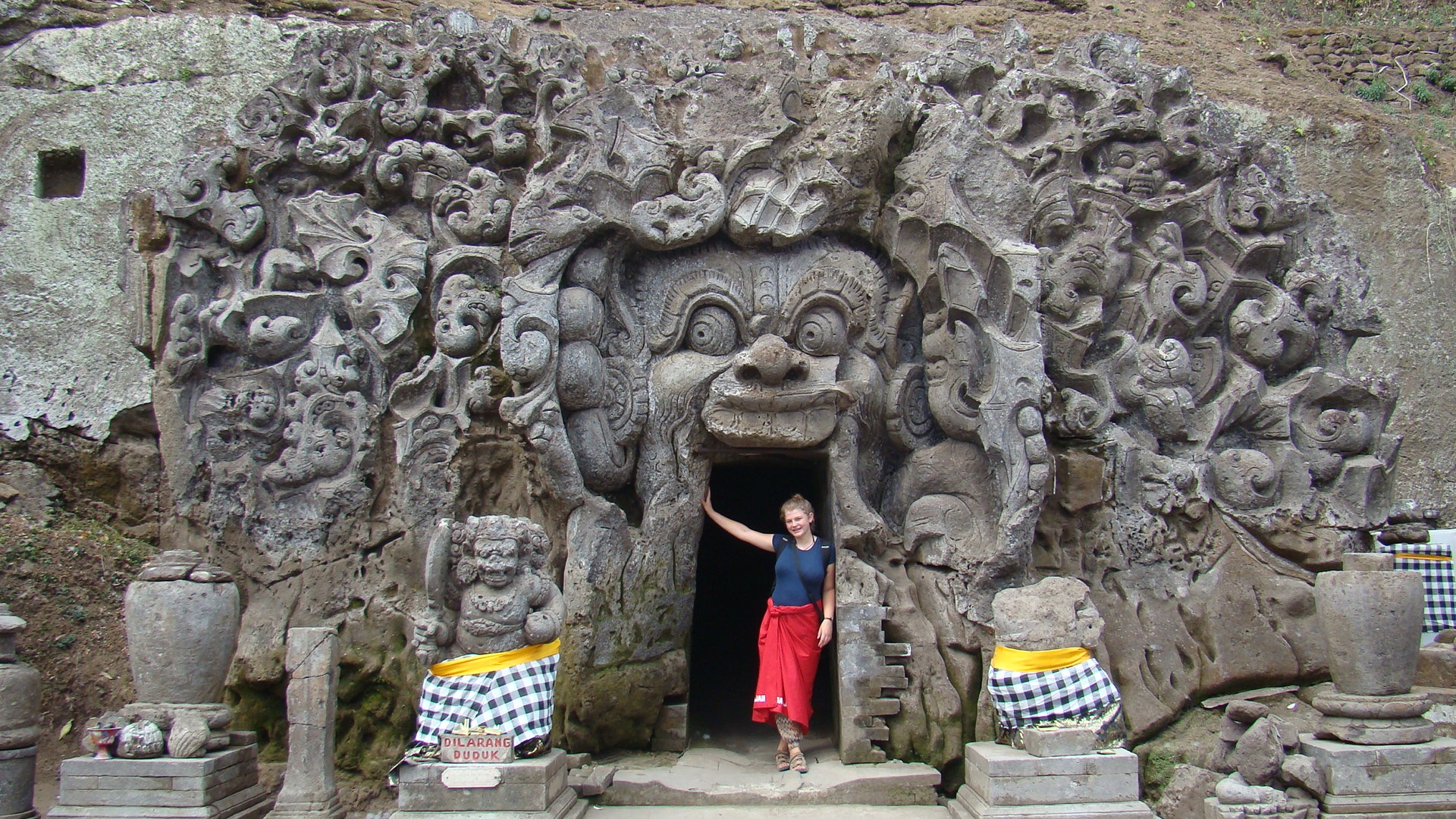I don’t remember when exactly I got my first digital camera, I do know that for as long as I live, I have been photographed, videotaped etc. I took part in taking a photo of others and others took photos of me. When a friend asked me if I could tell my earliest memory, I couldn’t separate the memories I connected to a photograph or an actual memory of my own. The visual world, the observed can be ‘captured’ in the frame of a picture. One can even argue that the invisible too is captured in photographs, if we would follow the believe that “a picture says more than a thousand words”.
Today at the Radboud University, we discussed in class the visual culture and tourism. The 2 classes on this topic were less then 4 hours and they have intrigued me and shocked me but most of all it started a train of thought that is far from any destination. Questions arise and critical thinking turns me to my own experiences. My fear of being one of the ‘naïve tourists’ has only grown during my fascinating master course. I even suspect my own line of thoughts being corrupted by this fear, yet this fear means being a naïve tourist is something wrong… is it?
Back to the topic of photography in tourism. The way we are able to ‘tame’ that what is and frame it in a photograph is a miraculous art with consequences. Before the fast capturing of reality in a photo, people captured it, understood it, gave meaning to it through discourse or language and paintings & drawings. The need to capture and share it, it being our conception or idea of that what exISts, has been present among humanity since the beginning of time. Contemporary media has brought this ‘need’ to a new level of accessibility.
The photographer takes power over that what will be visible in the frame, the framed takes power too in the way it is presented and the viewers of the frame, the picture, take power in the way they give meaning to the visual representation. Everyone who has access to photography is taking part in this cycle of power and representation. Influencing each other in the making of meaning of the framed, and simultaneously influencing the essence of what will be framed. It is an ever-developing network in which the actors can be called prosumers, both consumer and producer of the framed.
The awareness of the production and conservation of stereotypes in this process is often lacking, unfortunately. Now that I understand this process in more depth, I look back at my pictures and realise I played an unconscious part in this. I also took the ‘typical’ African pictures in Uganda, the ‘must-have’ touristic images at temples with monks, the ‘happy family photos’ at viewpoints on our holidays etc. Stereotyping cultures, places, aesthetics and so on… It feels however like I do wrong by creating these framed meanings, however, I wouldn’t know how to change my perception of what I’d like in a photo. I wouldn’t know another gaze that is ethically correct and breaking ‘inauthentic’ framings.




For me, all pictures carry a memory or an experience. That pictures say more than a thousand words is flawed but towards the right idea. Photos don’t say anything apart from what meaning I give to them. My bodily connection to the image, the visual, when I took the photo, my personal meaning, feeling, learnings and so on are part of the picture. Photos form a symbol of something I cannot declare merely in discourse. To meet ‘the Other’, the unknown, cannot be gotten by already known words, new meaning is given beyond the known discourse, a picture as a representation of the visual experience with an(-)other is a way without words to get this.
The framing of a photo does guide the viewer towards a certain story behind the framed. It is the challenge to each prosumer to realise that truth and representation of something or someone are not the same. Authenticity can be challenged. A critical mind and awareness of stereotypical representations is very useful in forming a holistic frame as an observer, however, the joy of taking photographs is far from wrong and definitely an experience to conserve.

Comments are closed